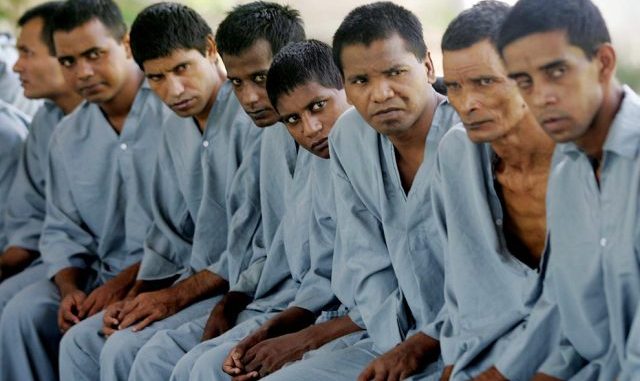
Social stigma and poor state capacity come in the way of tackling one of its biggest health burdens
The Narendra Modi government’s Ayushman Bharat health insurance initiative will be launched on Sunday. There will doubtless be fierce debates about its policy direction as implementation data comes in. The five research papers released by the India State-level Disease Burden Initiative last week and published in The Lancet family of journals deserve attention in this context. Each report focuses on a specific non-communicable disease (NCD)—they account for the majority of India’s health burden now—and aims to inform Modicare’s state-specific planning. One of them is particularly welcome, focusing on an issue that has received short shrift so far: suicide and the associated mental health issues.
Last November, speaking at the National Institute of Mental Health and Neurosciences, President Ram Nath Kovind noted that India was facing a possible “mental health epidemic”. The paper, which is an exhaustive analysis of the variations in suicide death rates (SDRs) across states and causes of ideation of suicide in the 1990-2016 period, bears this out. It notes that suicide is the largest killer of India’s 15-29 and 15-39 age cohorts. Worryingly, the situation has worsened over the decades: “India’s contribution to global suicide deaths increased from 25·3% in 1990 to 36·6% in 2016 among women, and from 18·7% to 24·3% among men.” The jump far outstrips the approximately 1.4 percentage point increase in India’s share of global population in that period.
A more granular look reveals a complicated picture. Typically, suicide makes up a higher percentage of deaths in the more developed states of the south and western and central states have mid-level SDRs. The northwest and less developed north have low SDRs, while the east and north east have mixed rates. This is counterintuitive in many ways. The paper attributes the variations to the different levels of urbanization, proportion of literate population, and difference in literacy attainment. How exactly these map to SDRs deserves further study at the state level.
Breaking down SDRs by gender is less complicated. Indian women’s SDRs are almost three times higher than the rates expected globally for countries at similar levels of socio- demographic development. By contrast, Indian men’s SDR, although higher than peer countries’ average, is less strikingly so.
There are a few takeaways from this. Firstly, here as in so many other spheres, women are struggling with disproportionate socio-economic burdens. As the paper points out, their high SDRs relative to men are rooted in factors as varied as the difference in socially acceptable methods of dealing with stress and conflict for women and men, domestic violence and the different ways in which poverty affects the genders. A particularly important detail is that married women form the biggest victim group of suicide deaths among women in general. This group becomes more vulnerable due to arranged and early marriage, young motherhood and economic dependence—each following from the previous—among other factors.
Second, the rise in SDRs and, more broadly, mental health disorders, should not be surprising. This is not a developing country problem; the US has seen a surge in SDRs since 1990 too. The past few decades have witnessed economic, labour and social changes on a scale rarely seen before. Such rapid change—with the economic dislocation and change in social and community links it brings—can be destabilizing. Take India’s large migrant labour population. There is a cost to the loss of social links for the men who migrate, as well as for their families that stay behind. The parlous state of agriculture doesn’t help.
Third, the social stigma attached to mental health disorders in India is a major hurdle in addressing them. After all, until last year, suicide was a criminal offence in India, which was a major cause of under-reporting of suicide deaths in the National Crime Records Bureau of India. The stigma and general lack of knowledge and understanding when it comes to mental health disorders prevent timely intervention. For instance, suicide is often preceded by a history of depression, stress, or anxiety.
Fourth, state capabilities for addressing mental health issues are close to non-existent. As Kovind had pointed out last year, the country has about 5,000 psychiatrists and less than 2,000 clinical psychologists. This is minuscule, given population size. It doesn’t help that expenditure on mental health accounts for a tiny fraction of total public health spending.
There have been some positive developments over the past few years. The decriminalization of suicide last year was long overdue and welcome. The same holds true for the Insurance Regulatory and Development Authority of India’s mandating last month that insurance companies are to make provisions to cover mental illnesses in their policies along with physical illnesses. But it remains to be seen how well this will be implemented, given that a standard health insurance policy covers in-patient hospitalization, while mental illnesses more often require out-patient care like counselling and psychotherapy. The National Mental Health Policy 2014 shows how wide the gap between good intentions and effectiveness can be, after all.
Modicare has focused government and public attention on India’s decrepit healthcare system. This is to the good. But in the heat and noise, the challenges and needs of India’s mental health landscape should not be forgotten.
Source: Livemint

Leave a Reply